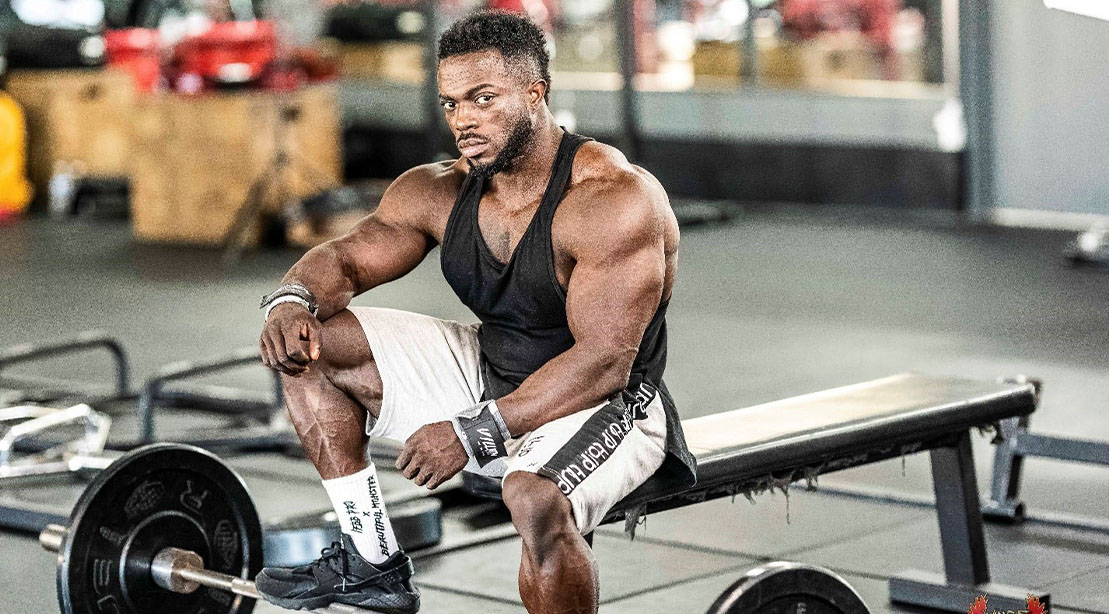Experienced bodybuilders often meticulously plan their pre-contest training regimen during the off-season. They employ strategies such as split system workouts, carefully calibrated sets and reps, and a diverse array of targeted exercises to maximize muscle growth and strength. Their primary objective during this phase is to lay the groundwork for peaking in terms of lifting heavier weights and increasing workout intensity as they approach contest time. Typically, in the final 12 weeks leading up to a competition, they implement a specialized contest diet. This diet focuses on shedding body fat while aiming for a lean, defined, and ripped physique that showcases their hard-earned muscle mass.
The fact that today’s champions look so good is a testament to how effective these strategies can be. However, through years of observation, I have discerned an area within pre-contest training that often bears room for improvement. Specifically, this concerns the practice of abstaining from heavy weight in the week leading up to the actual contest. While this method is commonly employed, its potential impact on maintaining peak strength and muscle activation during the competition is an aspect worthy of deeper consideration.
Bodybuilders must train heavy to build big muscles. How heavy depends on things like genetics, individual strength, and the body part being worked. But the general approach is for bodybuilders to go a lot lighter the week or so before competing. For example, no more heavy reps starting Tuesday or Wednesday before a Saturday event. Sometimes, starting even earlier. The problem is a muscle made big and hard by intense training will start to get smaller and softer when it is no longer subject to that kind of resistance. A week or even just a few days might not result in a significant difference. Nevertheless, there could be some minimal degree of atrophy present.
As the competition approaches, it is inevitable to experience systemic fatigue—a cumulative result of intense training and the demanding pre-contest diet. This dual onslaught often translates to reduced strength and diminished endurance, creating a scenario where your physical capabilities might not match your usual peak performance. The definition of “heavy” in terms of lifting weights shifts within this context; what once constituted a manageable load might now pose a significant challenge.

The workouts that propelled you to the competition, which were effective and crucial in your preparation phase, might prove excessive or overly taxing in the days leading up to the event. This disparity between your accustomed training routine and your present condition elevates the risk of sustaining injuries. Your body, fatigued and potentially weakened by the stringent pre-contest training, becomes more susceptible to strains and injuries under the strain of high-intensity workouts. Hence, a crucial adjustment in workout intensity becomes imperative to mitigate the increased vulnerability to injuries before the competition.
But to best keep your muscles big, full, and hard, my suggestion is a compromise: Keep doing relatively heavy reps, but fewer of them. Just do a limited number of heavy bench presses or squats, or other two-joint, “power” movements, but not many sets, and concentrate on the perfect form to avoid any chance of hurting yourself. Doing just a few heavy reps “reminds” the muscle as to what it took to stimulate its development and keeps it from dissolving during that last short period before the Saturday competition.
As the peak of competition looms, the delicate balance between preserving muscle mass and avoiding fatigue-related setbacks becomes paramount. While traditional wisdom suggests a cessation of heavy lifting in the final week, an alternative approach emerges as a strategic compromise. It involves maintaining a connection with heavy weights but with calculated restraint. Limiting heavy, compound movements to a few essential sets, ensuring impeccable form, serves as a reminder to the muscles of their growth stimuli without inviting undue strain or fatigue.
This compromise safeguards against potential muscle softening or size reduction during the crucial pre-competition phase. Complementing these brief heavy sets with lighter, sculpting exercises and rigorous posing retains the coveted muscular definition without sacrificing hard-earned gains. Striking this balance allows for muscle preservation while mitigating injury risk, thereby optimizing the physique for that pivotal Saturday showcase.
